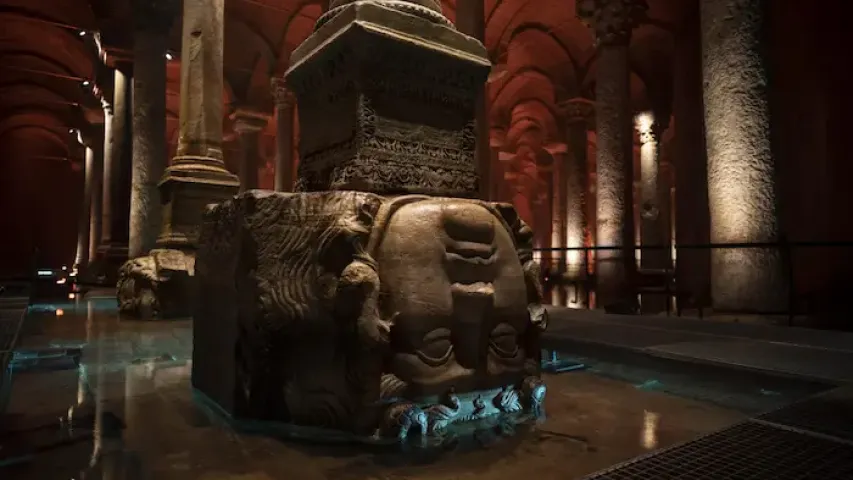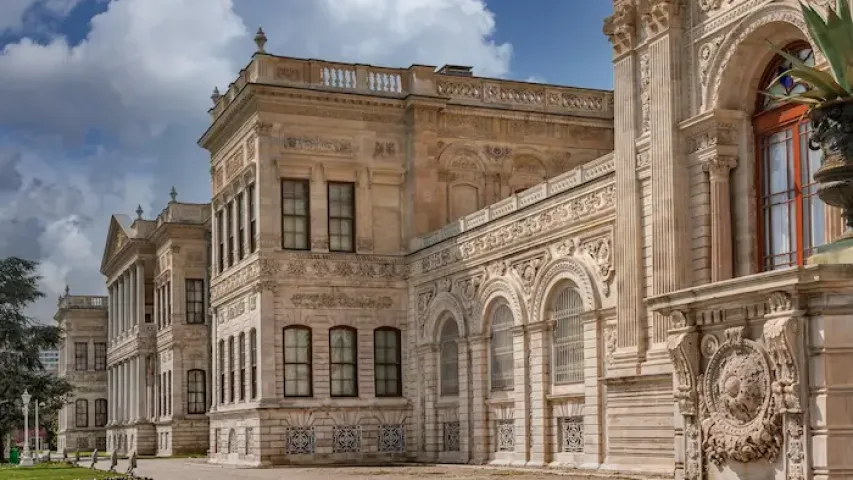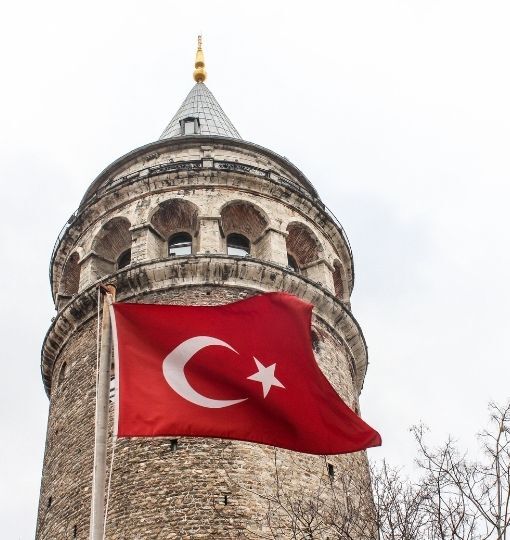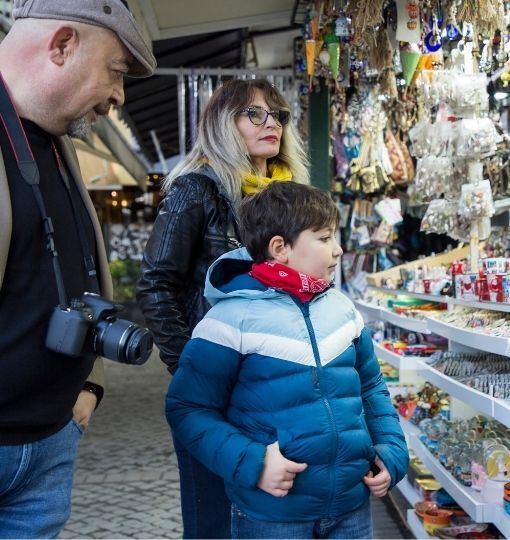Hagia Sophia, an architectural masterpiece in the heart of Istanbul, stands as a symbol of the city’s rich and complex history. This iconic structure, which has served as a cathedral, mosque, and now a museum, has been a point of fascination for historians, architects, and travelers for centuries. In this blog, we will dive into 10 lesser-known facts about Hagia Sophia that highlight its significance, beauty, and fascinating history.
A Monumental Architectural Marvel
Hagia Sophia was originally constructed as a church in 537 AD under the Byzantine Emperor Justinian I. At the time, it was the largest cathedral in the world and remained so for nearly 1,000 years. The building's remarkable dome, which appears to float effortlessly above the central hall, is a testament to the innovative engineering of the Byzantine era.
The Cathedral That Changed the Christian World
For nearly 1,000 years, Hagia Sophia served as the seat of the Eastern Orthodox Church and was the center of the Christian world. It was here that the Orthodox Church made monumental decisions, including the famous Ecumenical Councils. The structure itself was considered the most important Christian building of its time, influencing church designs across Europe and the Mediterranean.
A Mosque for Over 400 Years
In 1453, after the conquest of Constantinople by the Ottoman Empire, Sultan Mehmed II transformed Hagia Sophia into a mosque. This was a pivotal moment in history, marking the transition from Byzantine to Ottoman rule in the region. The conversion also led to the addition of Islamic features, including minarets, a mihrab (prayer niche), and a minbar (pulpit), blending Islamic architecture with the existing Byzantine elements.
It Was a Museum for Nearly a Century
In 1935, following the foundation of the Republic of Turkey under Mustafa Kemal Atatürk, Hagia Sophia was secularized and converted into a museum. This decision was part of a broader effort to promote modernization and secularism in Turkey. As a museum, Hagia Sophia was open to visitors from around the world and provided a space for both religious and secular dialogue.
The Iconic Dome Has withstood Earthquakes
One of the most remarkable aspects of Hagia Sophia is its resilient dome. Over the centuries, Istanbul has been rocked by numerous earthquakes, but Hagia Sophia's dome has survived them all. The dome is supported by a series of buttresses and windows, which distribute the weight and pressure evenly, preventing it from collapsing during seismic events.
The Building is a Blend of Two Architectural Styles
Hagia Sophia is a rare architectural blend of two major styles: Byzantine and Ottoman. The original design by the architect Isidore of Miletus and Anthemius of Tralles combined elements of Roman basilica architecture with a central plan, and later Ottoman additions brought in the iconic minarets and Islamic calligraphy. This unique fusion makes Hagia Sophia one of the most strikingly beautiful and historically significant buildings in the world.
The Building Was Almost Destroyed in the 9th Century
Hagia Sophia was nearly destroyed during the reign of the Byzantine Emperor Leo III in the 9th century. Emperor Leo sought to rid the empire of religious icons and ordered the removal of all religious images, including those inside Hagia Sophia. However, the building was saved from destruction, and the iconoclast movement eventually came to an end, preserving many of the building's treasures.
Hagia Sophia Has Some of the World’s Most Stunning Mosaics
One of the most awe-inspiring features of Hagia Sophia is its collection of Byzantine mosaics. These include detailed images of religious figures such as the Virgin Mary, Jesus Christ, and various emperors. The mosaics are a stunning example of Byzantine artistry and serve as a reminder of the building's Christian past. While some of these mosaics were covered up during the Ottoman period, they have since been uncovered, revealing their intricate beauty.
The Building is Still a Place of Worship
Today, Hagia Sophia continues to serve as a mosque, as it was officially reconverted by the Turkish government in 2020. Despite this, it remains open to visitors of all faiths and is still a popular tourist attraction. The building’s rich history as both a mosque and a church creates a unique environment where visitors can experience the convergence of multiple cultures and religions.
The Name ‘Hagia Sophia’ Means ‘Holy Wisdom’
The name "Hagia Sophia" translates to "Holy Wisdom" in Greek. This name reflects the building's original purpose as a church dedicated to the Holy Wisdom (Sophia) of God, a concept in Christian theology. The name has remained unchanged throughout its history, regardless of the building's various roles over the centuries.
Why Visit Hagia Sophia?
Hagia Sophia is more than just a historical landmark. It is a living monument to the blending of cultures, religions, and architectural styles. Whether you're drawn by its religious significance, its architectural brilliance, or its rich history, a visit to Hagia Sophia is a must for anyone visiting Istanbul.
Discover the Beauty of Hagia Sophia with Istanbul Tourist Pass®
Istanbul Tourist Pass® gives you exclusive access to Hagia Sophia, allowing you to explore this magnificent structure without the hassle of long lines or ticket purchases. With the Istanbul Tourist Pass®, you can delve into the rich history and stunning architecture of Hagia Sophia at your own pace, ensuring a memorable experience in one of the world’s most famous landmarks.

















